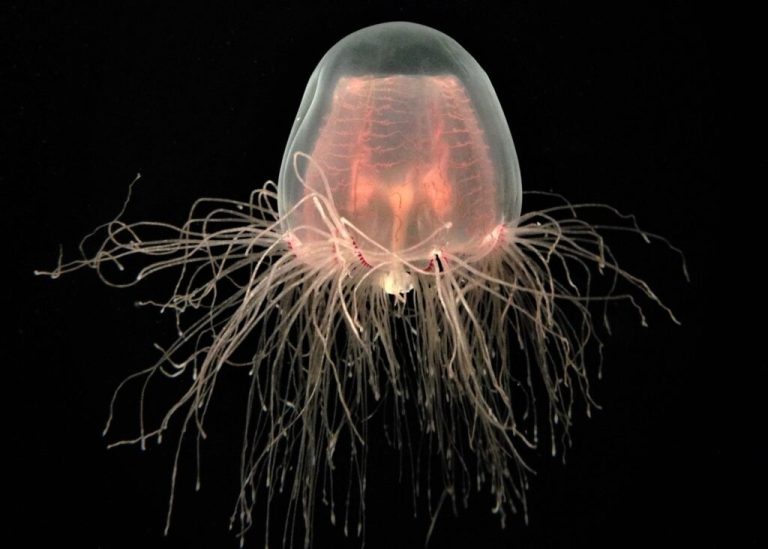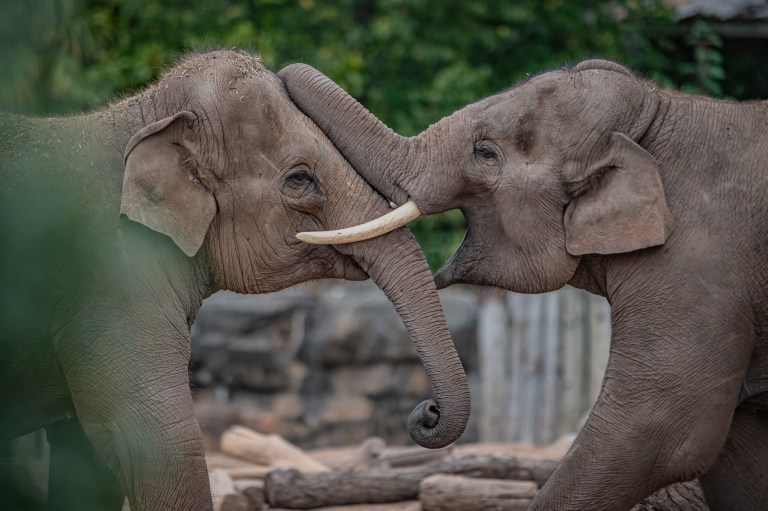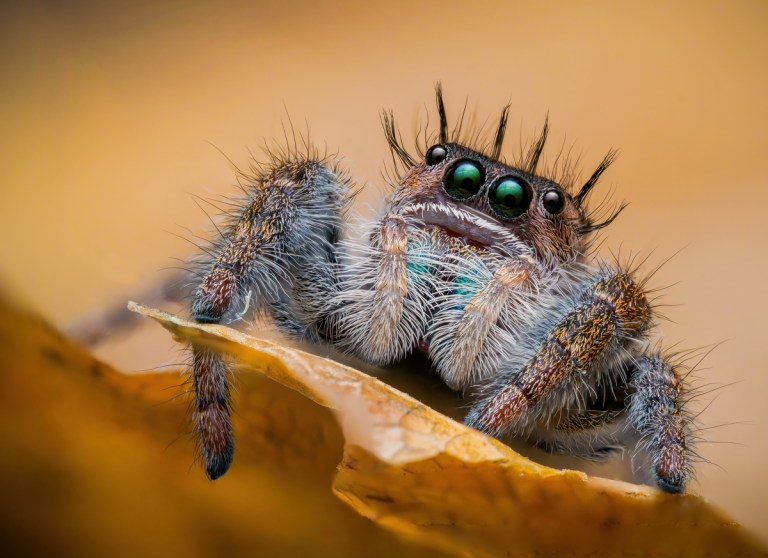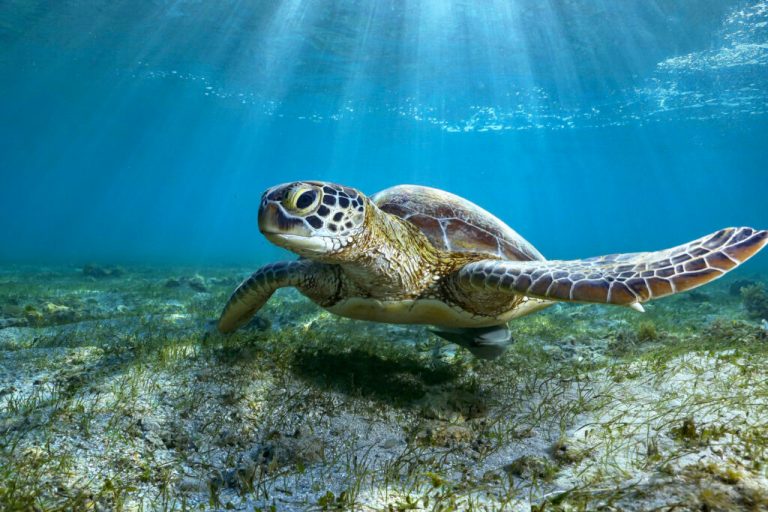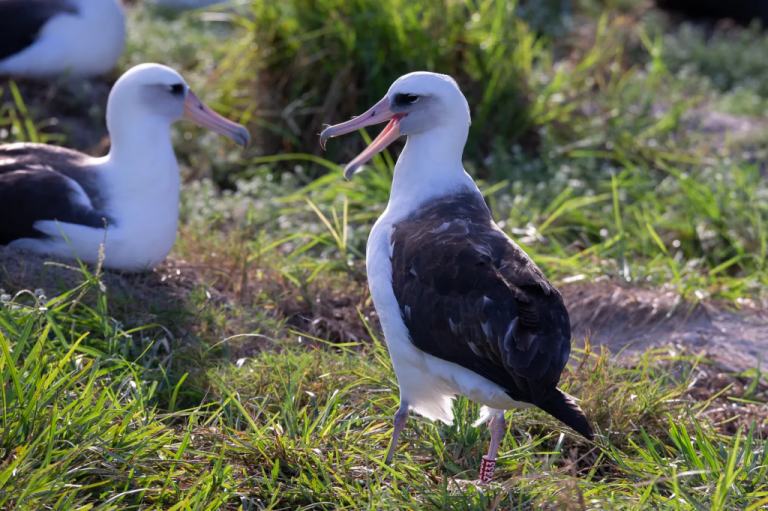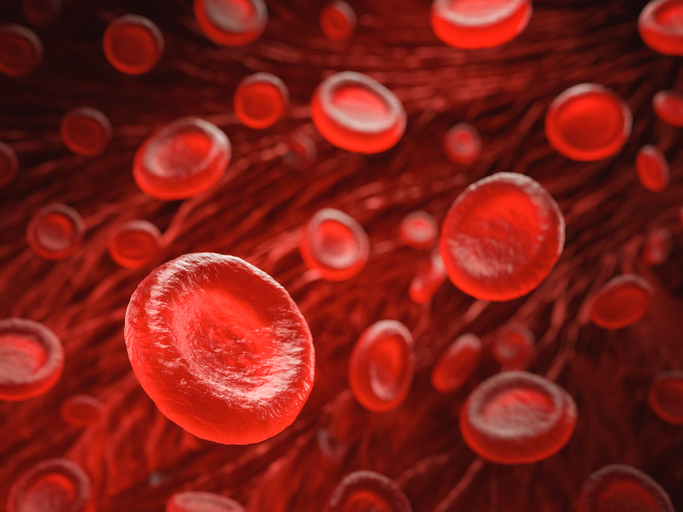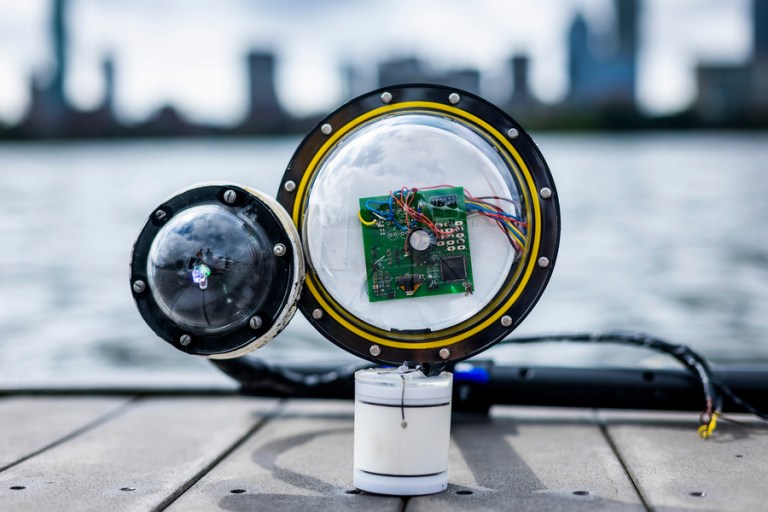You’ve heard of working dogs, and you’ve heard of paddleboarding dogs. But what about working paddleboarding dogs? At an animal sanctuary in Victoria, Australia, some impressive pups clock in by hopping on a board — their mission: helping conserve the area’s vulnerable platypuses.
Exceptionally well-equipped for such an assignment, the canines use their noses to sniff out the elusive species and their burrowing systems. In doing so, they’re aiding scientists in tracking and learning about the platypus population around a creek that flows through Healesville Sanctuary.
Having dogs search for the duck-billed mammals isn’t a new practice at Healesville, but having them do so while waterborne is. This year, two detection dogs — Moss the Labrador and Kip the Kelpie — began testing the boards for reaching otherwise hard-to-access locations, earning them the nickname “the paddle pups.”
“They provide a way for us to have an understanding of how platypus are using their environment through the dogs locating their natural burrow systems,” La Toya Jamieson, a wildlife detection dog officer, explained in a video from Zoos Victoria. “So we can know exactly where the platypus is sleeping during the day without us even needing to see them, trap them, or handle them.”
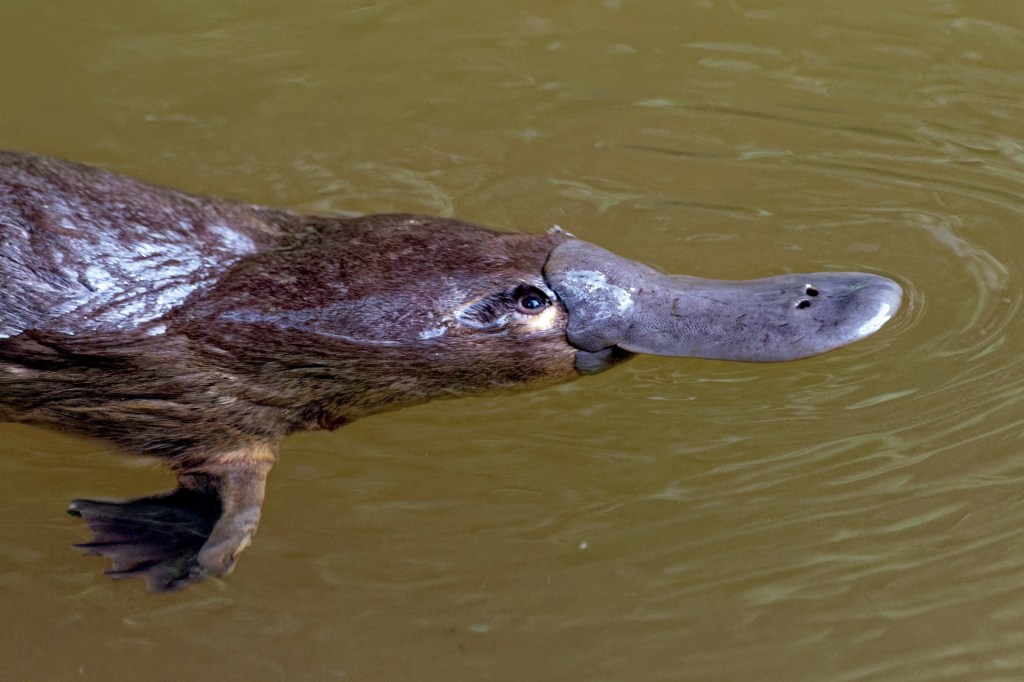
An Australian icon, the platypus is listed as near threatened by the IUCN, and biologists still have much to learn about them.
“It sounds quite basic but it’s still a gap in our knowledge bank and I think one of the reasons that we don’t know this stuff is that they have that reputation of being very cryptic,” Healesville Sanctuary platypus specialist Jessica Thomas told the Australian Broadcasting Corporation, noting that in over 100 years of study, not one scientist has seen a platypus lay an egg. “They spend their time underwater and underground and they’re also nocturnal, so they’re quite challenging just to observe, let alone study.”
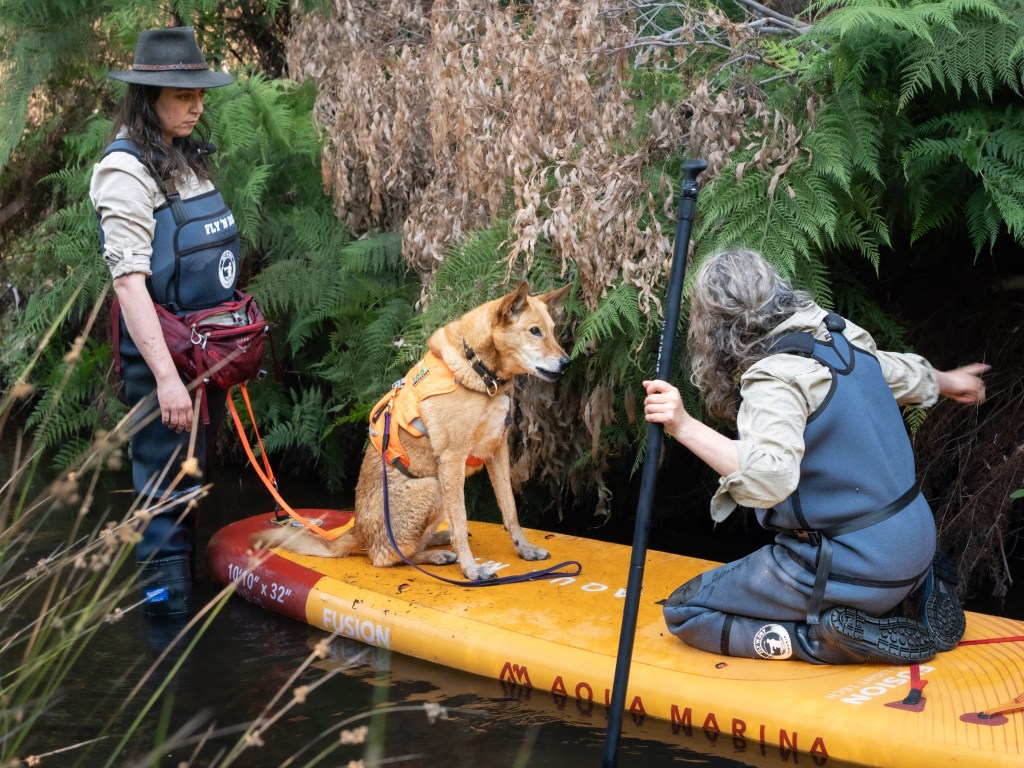
Thankfully, Moss and Kip have taken to their task like ducks — er, dogs — to water. “We were pleasantly surprised with how quickly they learnt how to maneuver themselves around a paddleboard in order to detect the platypus and they were just really excited to be doing so,” Jamieson shared with the outlet.
She added of the dogs’ training: “It was more [about] keeping them calm and not wanting to do zoomies on the paddleboard rather than them not loving it.”

